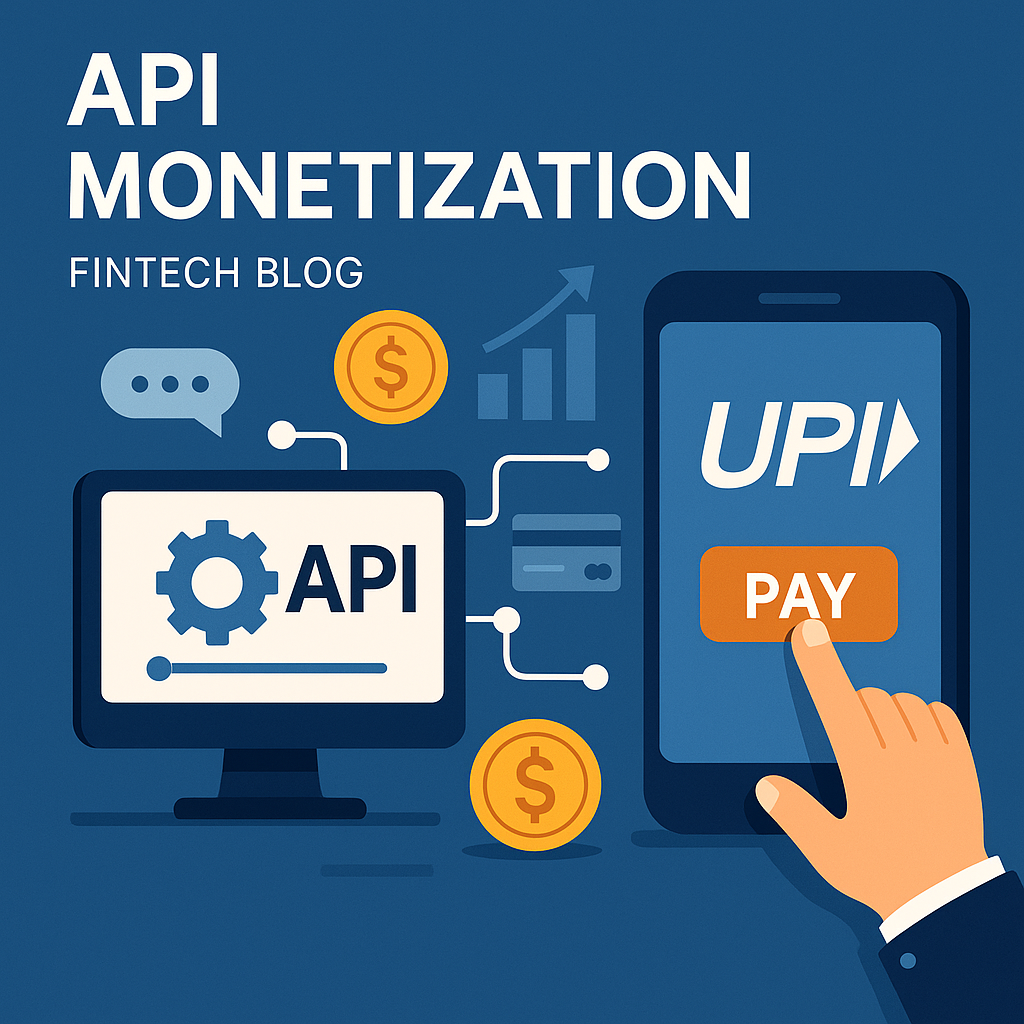“I ordered a sandwich, grabbed cold brew, and bought an Instagram course—₹1,450 gone in 20 minutes. No hesitation. No friction. Just UPI taps.”
That Wednesday afternoon was my wake-up call. India’s brilliant UPI system—fast, free, and used by 350 million—had quietly turned my spending into mindless reflexes. The same technology that let me pay chaiwalas and cloud services with equal ease had also made money feel completely weightless.
The Psychology Behind Our UPI Spending
1. The “Invisible Money” Effect
Unlike cash that physically leaves your wallet, UPI transactions exist as abstract numbers:
- Micro-spends add up: ₹199 here, ₹350 there, ₹79 auto-renewals
- Research shows: 42% millennials can’t recall 30% of UPI transactions (BankBazaar)
- My experience: ₹5,000 vanished in a week on forgettable small purchases

The hidden cost of convenience—small taps that become big expenses
2. How Payment Apps Engineer Spending
Algorithms now predict and influence our behavior:
- Personalized BNPL traps: “Pay ₹99 now, rest in 3 EMIs!”
- Time-sensitive nudges: Midnight cravings? Here’s Zomato Gold
- Pre-checked boxes: “Save card for faster checkout” enabled by default
3. The Dopamine Payoff
Digital payments trigger instant gratification loops:
| Psychological Trigger | Payment App Tactic |
|---|---|
| Loss Aversion | “Only 2 items left at this price!” |
| Social Proof | “10,000 people bought this today” |
| Instant Reward | “You saved ₹150!” after unnecessary purchase |
My 3-Step System to Regain Control
Simple behavioral changes can rebuild spending awareness
1. The Micro-Pause Technique
Before any non-essential UPI payment, I ask:
“Would I still buy this if I had to hand over cash?”
This 2-second mental friction cuts impulse spending by ~40% in my experience.
2. The Friday Financial Review
- Open UPI app → Transaction history
- Tag spends: Needs (✔) vs Wants (❓)
- Cancel unused subscriptions (found 3 last month)
3. Digital Fasting Sundays
One day each week with:
- No UPI payments
- No food delivery apps
- Physical cash for essentials
Resets my relationship with spending.
What Payment Apps Should Build Next
The Missing Features for Gen Z/Millennials
- Emotion tagging: “Was this purchase stress-induced?”
- Collaborative goals: Split savings with roommates for trips
- Visual money narratives: “You spent ₹8,000 on food—equal to 16 nice dinners”
- Gentle friction: Optional confirmation screens for high-temptation categories

The next fintech revolution: apps that make us smarter spenders
A Product Manager’s Perspective
UPI solved payments infrastructure. The next challenge is behavioral infrastructure:
- From speed → intentionality
- From convenience → consciousness
- From transactions → financial wellbeing
Final Thought: Convenience With Consciousness
I still love UPI—it’s transformed Indian finance. But true financial health means using these tools mindfully.
The goal isn’t to spend less, but to spend with awareness. To pause between “Want” and “Pay Now”. To remember that behind every frictionless payment is real money—and real tradeoffs.
“The best financial feature isn’t one that saves you time—it’s one that gives you back control.”
Which UPI spending habit will you tackle first? Share your strategy below!

Leave a Reply